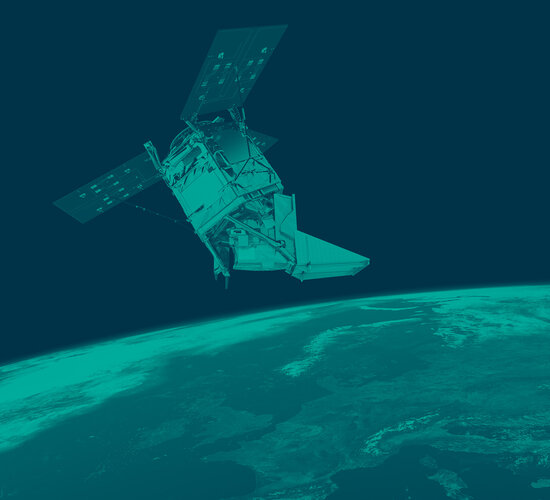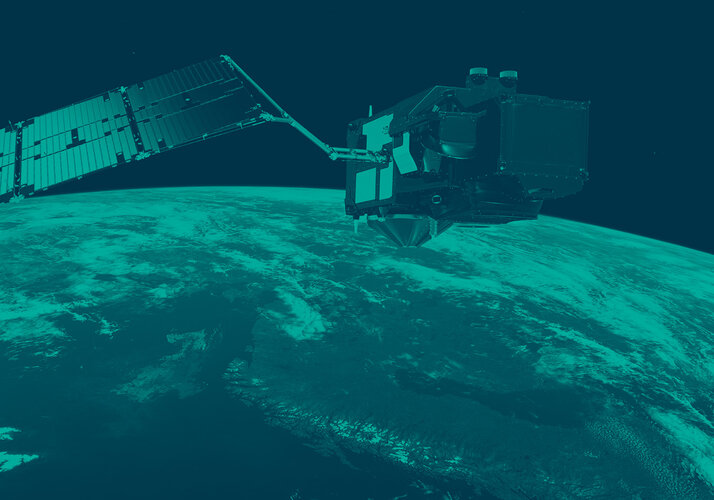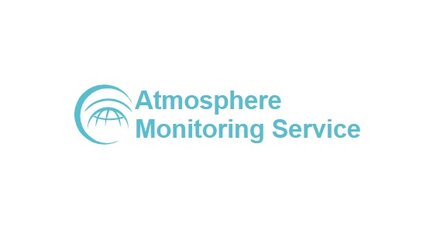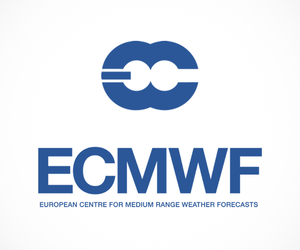Vincent-Henri Peuch: Head of Copernicus Atmosphere Monitoring Service
Vincent-Henri Peuch is Deputy Director of Copernicus Services at the European Centre for Medium-Range Weather Forecasts (ECMWF) and is leading the Copernicus Atmosphere Monitoring Service (CAMS). He oversees the management, technical and scientific activities that allow for the delivery of information products about atmospheric composition to the users.

Dr Vincent-Henri Peuch, a native of France, obtained his PhD from Ecole Normale Supérieure de Lyon in 1996. He worked as a scientist for Météo-France for 15 years before joining ECMWF in 2011 to lead the precursor R&D European project of CAMS. He is an internationally respected scientist on atmospheric environment issues and has co-authored 80 peer-reviewed publications. He is member of a number of international scientific and advisory committees, including for the European Environment Agency and the World Meteorological Organisation.
ESA: What is the Copernicus Atmosphere Monitoring Service?
Vincent-Henri Peuch
Some of today’s most important environmental concerns relate to the composition of the atmosphere. The increasing concentration of the greenhouse gases and the effects of aerosol and ozone are prominent drivers of a changing climate, but the extent of their impact is still uncertain. At Earth’s surface, aerosols, ozone and other gases determine the quality of the air around us, affecting human health, ecosystems and the built environment. Ozone distributions in the stratosphere influence the amount of ultraviolet radiation reaching the surface. Dust, sand, smoke and volcanic aerosols affect the operation of transport systems and the availability of power from solar generation, the formation of clouds and rainfall, and the remote sensing by satellite of land, ocean and atmosphere.
To address such topics there is a need for data and processed information, and CAMS has been designed exactly for this, aiming to support policymakers, businesses and citizens with enhanced atmospheric environmental information.
ESA: How will you use Sentinel-5P data for monitoring Earth’s atmosphere?
Vincent-Henri Peuch
Sentinel-5P has been designed to observe several of the key atmospheric pollutants and greenhouse gases such as ozone, methane, carbon monoxide and aerosol. These data will underpin many CAMS information products: Sentinel-5P is pivotal for the resilience of our systems and for the quality of our products. We currently use several data streams from international satellite instruments that are beyond their nominal lifetime and, in the event of a loss and if we did not have Sentinel-5P, the quality of some products would be adversely affected. In some way, Sentinel-5P is a ‘lifeline’ for CAMS’s data provision, guaranteeing a high quality of service for the benefit of our users.
In addition, Sentinel-5P will help CAMS make a step forward for air quality forecasts: it will provide daily worldwide coverage of NO2, one of the key pollutants and precursors of surface ozone, with a much finer spatial resolution than was previously available. Sentinel-5P will monitor sources more precisely and because the pixel size is smaller, it will better ‘see’ through the clouds and deliver more cloud-free observations. This is essential: Sentinel-5P will detect emissions that are not well known or not well quantified. Thinking about ‘Dieselgate’ for instance, this is of course very important.
ESA: CAMS is already using data from the Sentinel-3 mission – how can these data complement the information from Sentinel-5P?
Vincent-Henri Peuch
Sentinel-3 and Sentinel-5P observe different parameters that are useful for CAMS. Very interestingly, there are synergies. Sentinel-3 measures fire radiative power and this is used to quantify the emissions of a range of atmospheric constituents that Sentinel-5P observes once they are in the atmosphere. By having observations from both Sentinel-3 and Sentinel-5P, our model systems can provide accurate forecasts of pollutants being emitted by large wildfires and transported over thousands of kilometres. Just like it is the case for the weather forecasts that we do at ECMWF, observing what is the situation far away will help make the forecast accurate because long-range transported pollution can, in the end, influence air quality or visibility away from the sources. At the end of this summer, wildfires coming from as far as Canada have generated haze that was visible over parts of Europe.
ESA: What do you expect to be the most challenging aspect of using Sentinel-5P data?
Vincent-Henri Peuch
The throughput of data provided by Sentinel-5P is certainly a challenge, both due to the number of species observed and due to its spatial resolution. But this is a challenge that we are happy to tackle. Rather than discarding data, we can actually combine individual observations in order to reduce the error associated with the information that is fed into our forecasts models. And of course, though it has heritage, Sentinel-5P is a new and innovative instrument, so we need to be ready for some further challenges along the way of evaluating the first data received and progressively advancing towards operational use.
On a daily basis, over 500 companies and public institutions rely on Copernicus air quality forecasts in smartphone apps, websites or printed publications. Starting at the end of October 2017, the Copernicus European air quality forecast bulletin will be broadcast several times daily on the Euronews television channel, just like weather bulletins. We have thus a very significant responsibility in making sure that Sentinel-5P data will be rapidly and properly used to strengthen and further improve the information that we’ll provide to these users and that reach wide audiences.
Editor’s note:
This is one in a series of interviews with some of the key people that are involved in the Copernicus Sentinel-5P mission. Please check back as further interviews will be added in over the coming weeks.








